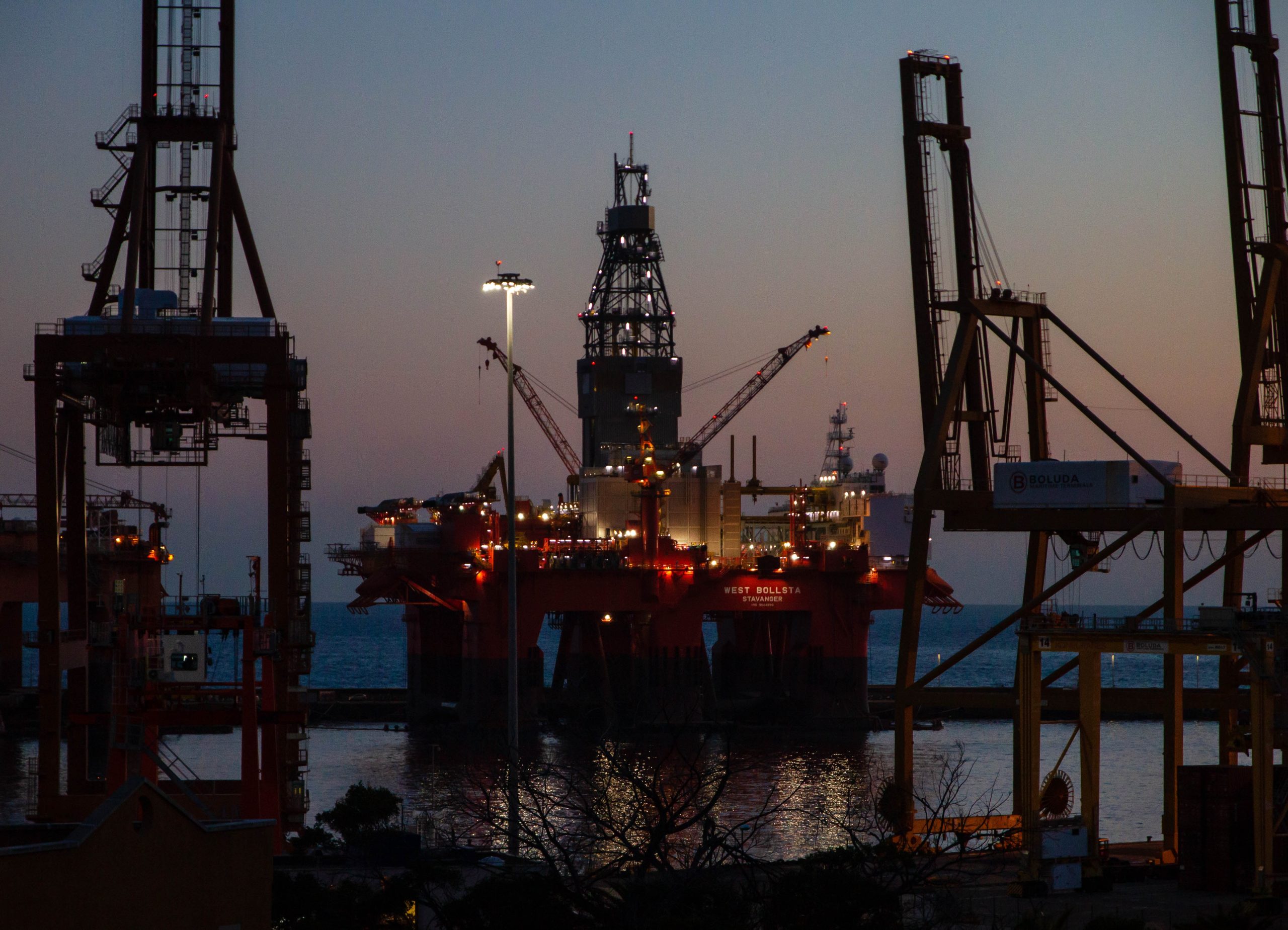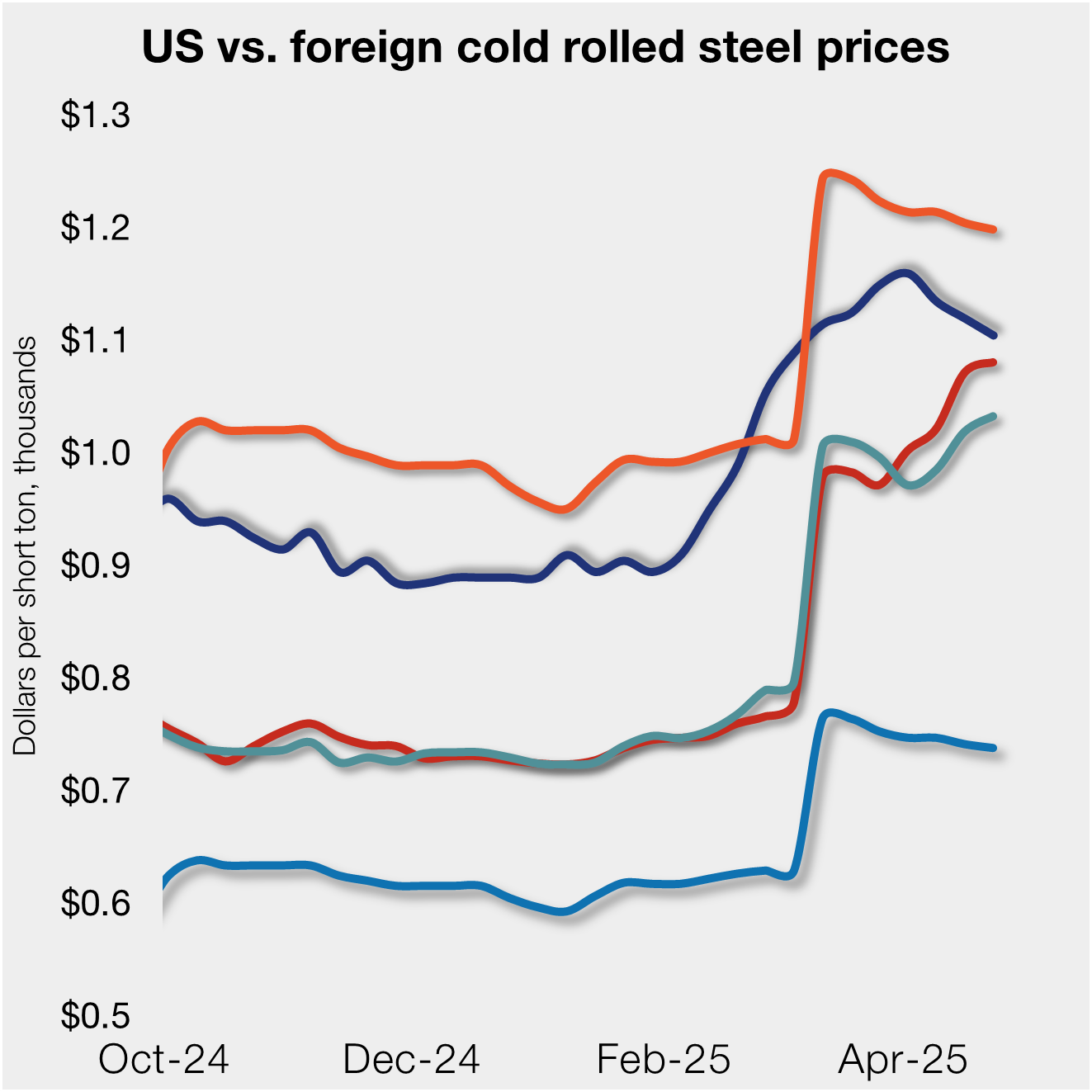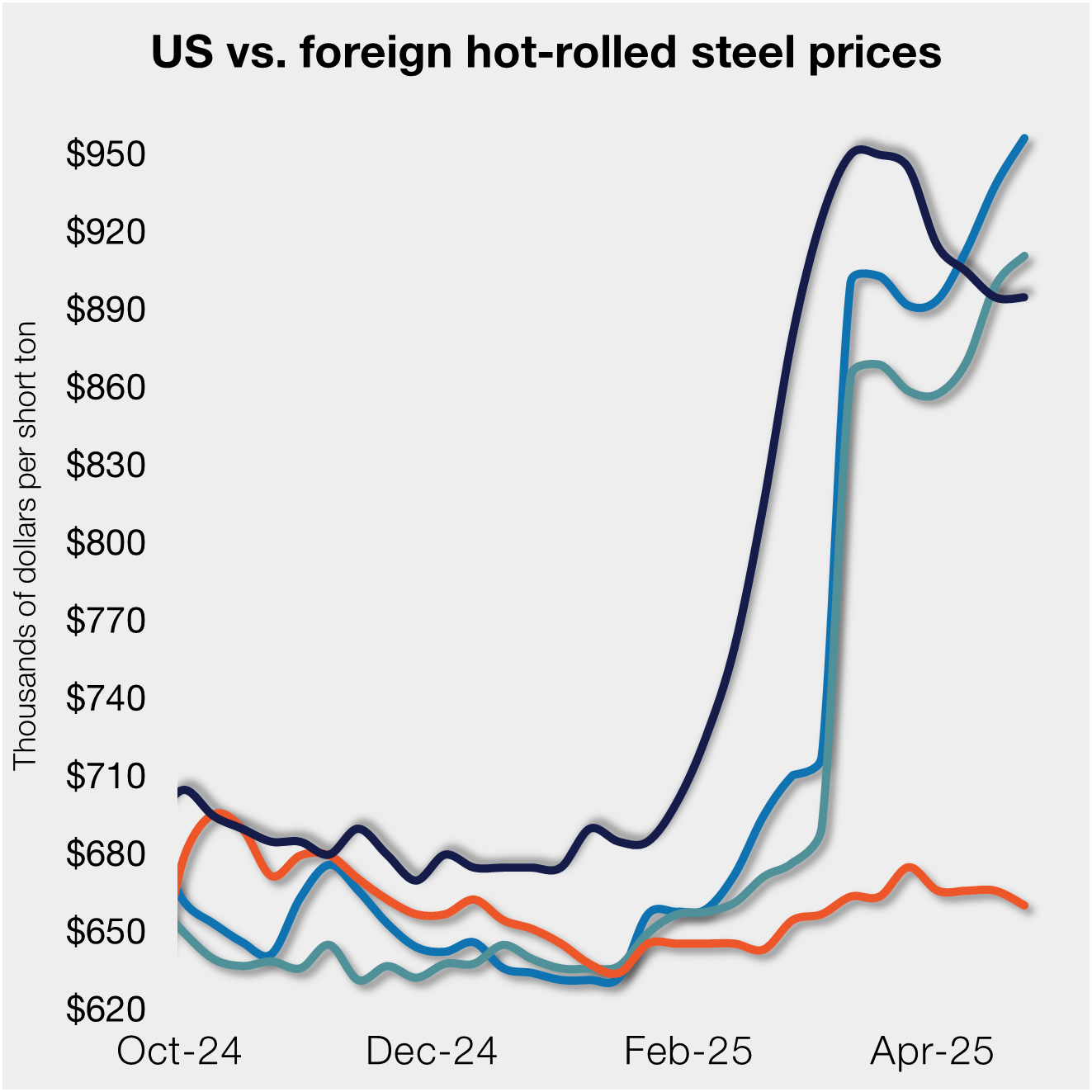Steel Products
Thirty-Six States Add Jobs, Infrastructure Spending's Weak
Written by Tim Triplett
August 18, 2017
Thirty-six states and the District of Columbia added construction jobs in the year between July 2016 and July 2017, yet only half the states added construction jobs in the month between June and July of this year amid declining public-sector investments in infrastructure and other construction projects, reports the Associated General Contractors of America in an analysis of Labor Department data.
Firms in parts of the country that build infrastructure projects are seeing less demand for their services amid overall declines in public-sector spending. “Despite growing private-sector demand, it appears that construction employment in some parts of the country is being brought down by declining public-sector investments,” said Ken Simonson, chief economist for the association. “Some of these declines will be offset thanks to recently enacted state infrastructure funding increases, but stagnant federal investments are not helping.”
California added the most construction jobs (51,000 jobs, 6.6 percent) during the past year. Other states adding a high number of new construction jobs in the past 12 months include Florida (35,800 jobs, 7.5 percent); Louisiana (13,900 jobs, 9.8 percent); Oregon (11,900 jobs, 13.2 percent); and Texas (10,400 jobs, 1.5 percent).
Thirteen states and the District of Columbia shed construction jobs between July 2016 and July 2017, while construction employment was unchanged in North Dakota. Iowa lost the highest number of construction jobs (-4,400 jobs, -5.4 percent), followed by Illinois (-4,300 jobs, -2.0 percent) and North Carolina (-2,500 jobs, -1.2 percent).
Among the 25 states that added construction jobs between June and July 2017, California added more than any other state (8,200 jobs, 1.0 percent), followed by Florida (5,500 jobs, 1.1 percent).
{loadposition reserved_message}
Twenty-four states and D.C. lost construction jobs between June and July this year, while construction employment was unchanged in Rhode Island. Georgia (-3,200 jobs, -1.8 percent) lost the most construction jobs for the month. Other states losing a high number of construction jobs include Pennsylvania (-2,900 jobs, -1.2 percent); North Carolina (-2,400 jobs, -1.2 percent) and Iowa (-2,300 jobs, -2.9 percent).
Association officials urged Congress and the administration to act quickly to make needed new investments in the country’s aging infrastructure to offset declining public-sector investments in construction. In particular, they urged officials to consider including new infrastructure investments as part of tax reform measures expected this fall. New investments in infrastructure will not only help boost construction employment, they will also make the broader economy more efficient, helping all businesses improve.
“Washington officials can fund needed improvements to our infrastructure and help spur more robust economic growth by including public works funding as part of their tax reform efforts,” said Stephen E. Sandherr, chief executive officer for the association.

Tim Triplett
Read more from Tim TriplettLatest in Steel Products

US rig count up, Canada declines
Oil and gas drilling activity was mixed this week, according to Baker Hughes. US rig counts expanded for a second straight week, while Canadian activity continued its seasonal slowdown of eight consecutive weeks.

US, offshore CRC prices continue to diverge
US cold-rolled (CR) coil prices declined again this week, slipping for a third straight week. Most offshore markets did the opposite, moving higher this week.

S232 lifts EU HR price over US, Asian HR still well behind
Domestic hot-rolled coil prices were flat this week after dropping for four straight weeks. Most offshore markets bucked the trend and gained ground.

SMU Steel Demand Index dips into contraction
SMU’s Steel Demand Index has moved into contraction, according to late April indicators. The slowdown comes in response to growing tariff uncertainty after the index reached a four-year high in late February.

Nucor selects Fives Group for new galv line at CSI
Nucor Corp. has tapped Fives Group as its partner in designing and manufacturing the new continuous galvanizing line being added at its California Steel Industries (CSI) joint venture in Fontana, Calif.
